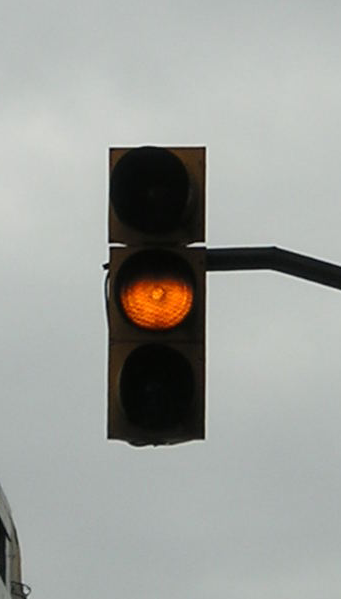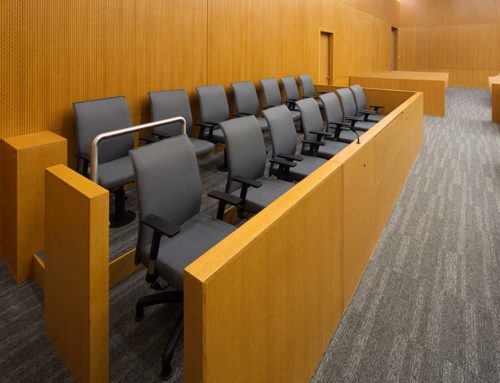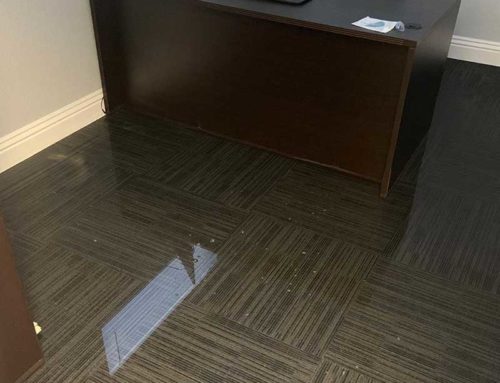The problem with yellow lights for too many drivers is that we can’t decide what to do when that green light switches to yellow. Do you gun it and speed through the light or do you play it cautiously and step on the brake? Granted, it’s best to do the safe thing but in the case of yellow lights, that is not always clear. There is no standard time for a yellow light to stay illuminated. There is a recommended minimum of 3 seconds, and a recommended maximum of 6 seconds but it varies from city to city, and sometimes from street to street. Would making the yellow lights last longer help the issue?
Maybe. One study from the Ohio Department of Transportation found that for every extra second a light stays yellow, drivers are three times more likely to push through. The study also found that right lane drivers are 1.6 times more likely to speed through a light than those in the left lane. Unsurprisingly, drivers in trucks are more likely to go through a yellow than sedans.
A bill in the California assembly to increase the length of time lights at intersections with red light cameras has undergone steady debate. One citizen took it upon himself to research the red light cameras in his town after he got a $500 ticket. Even with an auto attorney he lost the appeal because it is so hard to fight the strict photo enforcement laws.
His analysis found that more than two-thirds of red light violations happened in the first half second of the red light. When the length of time the yellow light appeared for was increased by a half second, intersection violations dropped by 76%. Advocacy group Safer Streets LA has compiled data from cities across California that shows red light citations dropping by 30% to 76% when yellow lights were increased. Some of the data indicates that accidents dropped up to 40% in some locations. Yet even the bill’s sponsor admits that more study is needed since companies who make red light cameras have paid for most of the professional research that has been conducted.
Can we handle a change?
Yet red light running isn’t the only cause of accidents at intersections, rear-endings happen too. Theoretically a longer light might create issues with drivers who are conditioned to stop at yellow lights. A driver who sees the light change may continue confidently on and need to pull up short around a motorist who has braked for the yellow.
Assuming that we don’t change our driving habits due to slightly longer yellow signals, the increased time would offer more opportunities for drivers to clear the intersection before cross traffic gets the green light. But there is the possibility that drivers who know the lights are longer will simply try and make it through the intersection from farther away. That’s the dilemma being faced by transportation boards – if drivers don’t respect a 3 second light at 40mph, what’s to say they won’t gas it up to 50mph to make a 6 second light from further away? There are no guarantees, except perhaps our innate survival instinct. Realizing that accidents at higher speeds can be more deadly, when we step on the gas we also instinctually become more attentive.
Can we solve the problem?
Auto accidents kill 40,000 people on US roads every year and about one-fifth of those fatalities happen at intersections. The red light runner is the most common cause and because of the increased speed, accidents are usually pretty bad.
For many drivers and cities, the issue tends to revolve around money. Red light cameras can generate big revenue for a city and municipalities have been cited by the state transportation bureau for setting their yellow lights below the minimum length of time.
It’s hard to know what to do in that moment but unless you’re absolutely sure you can clear the intersection, be safe, stay alive and avoid those hefty fines. An accident will take much longer to sort out than sitting through the light change.







